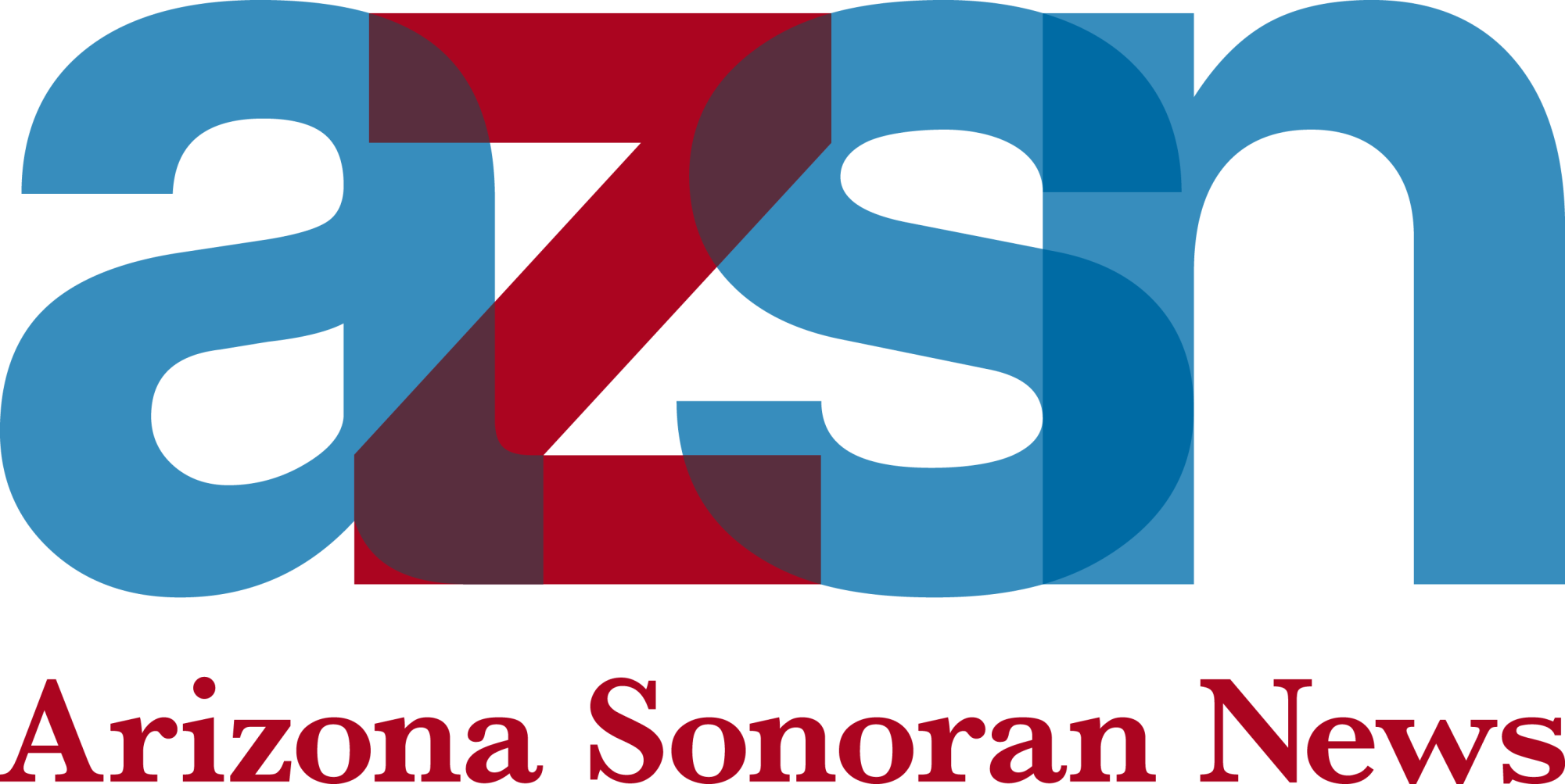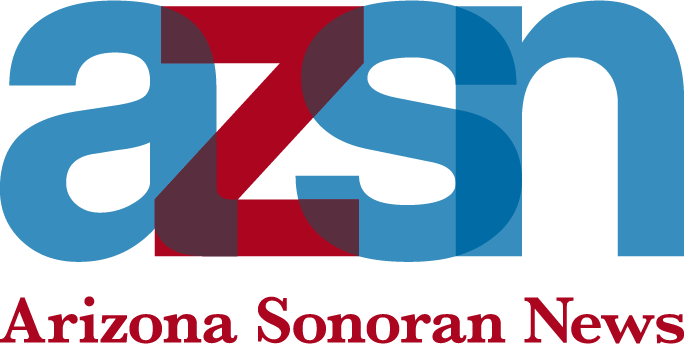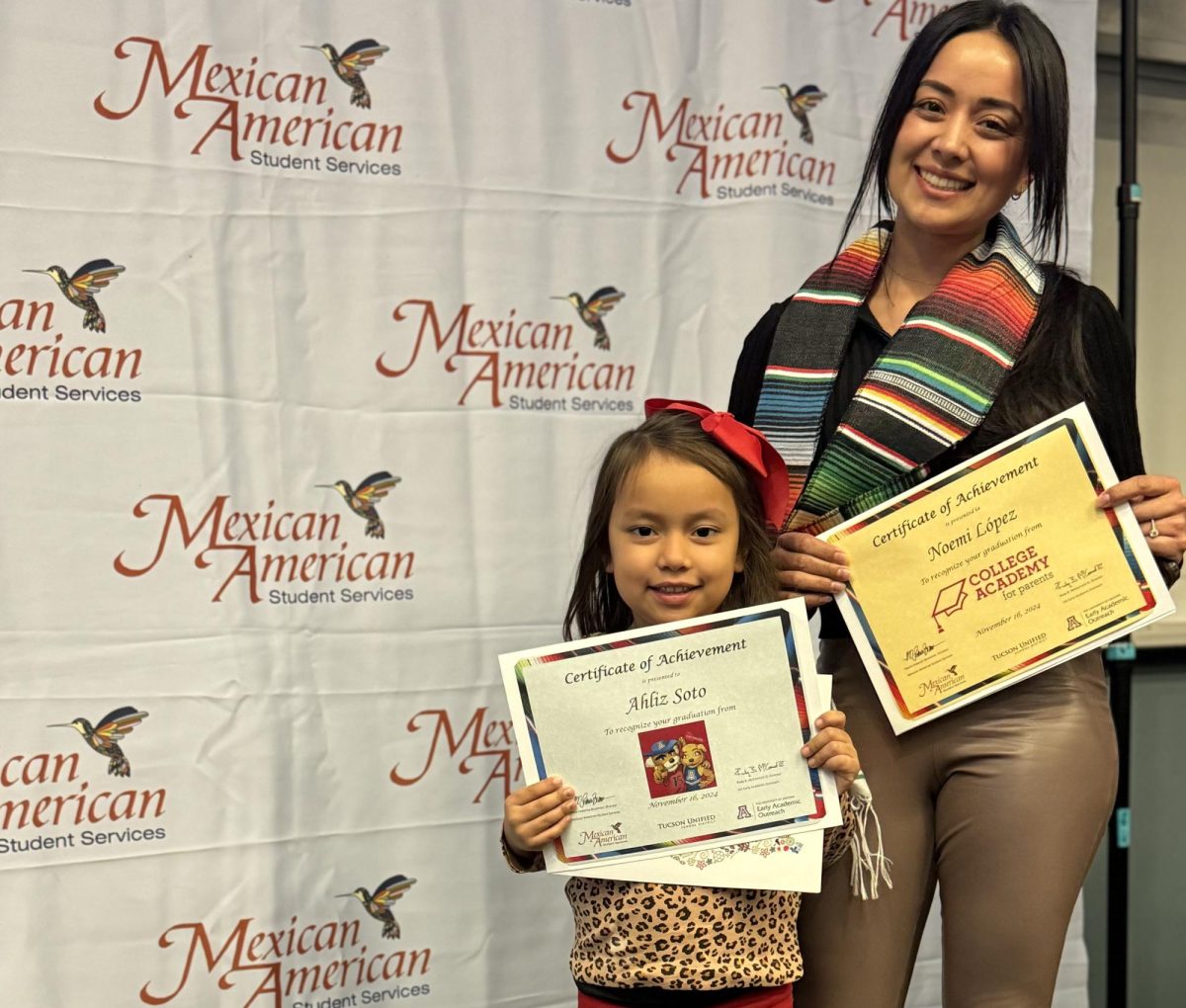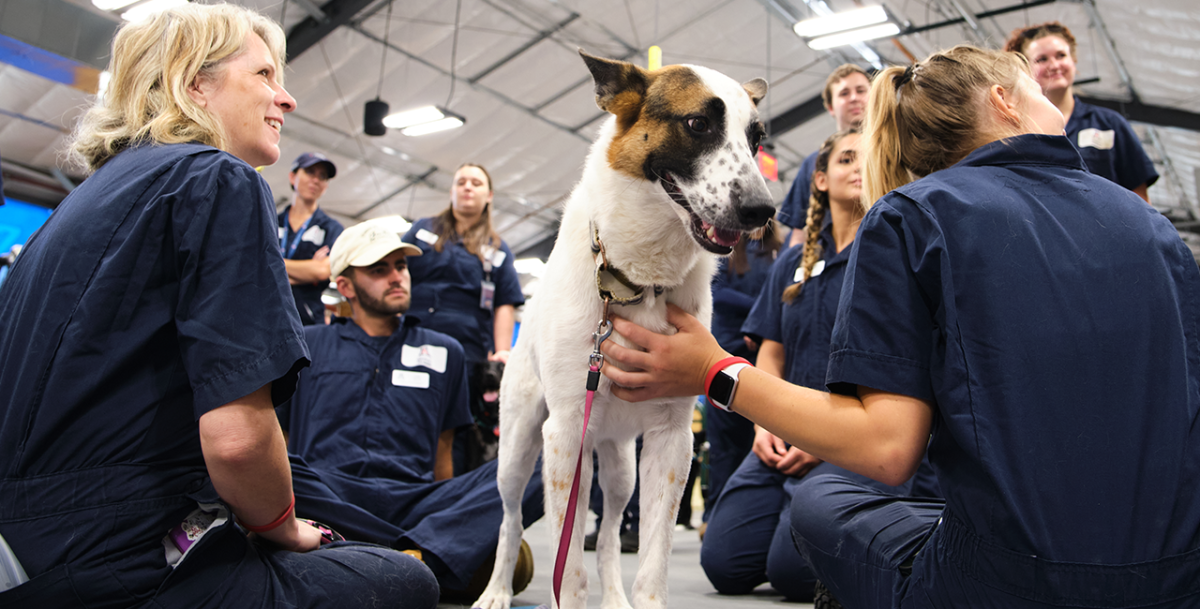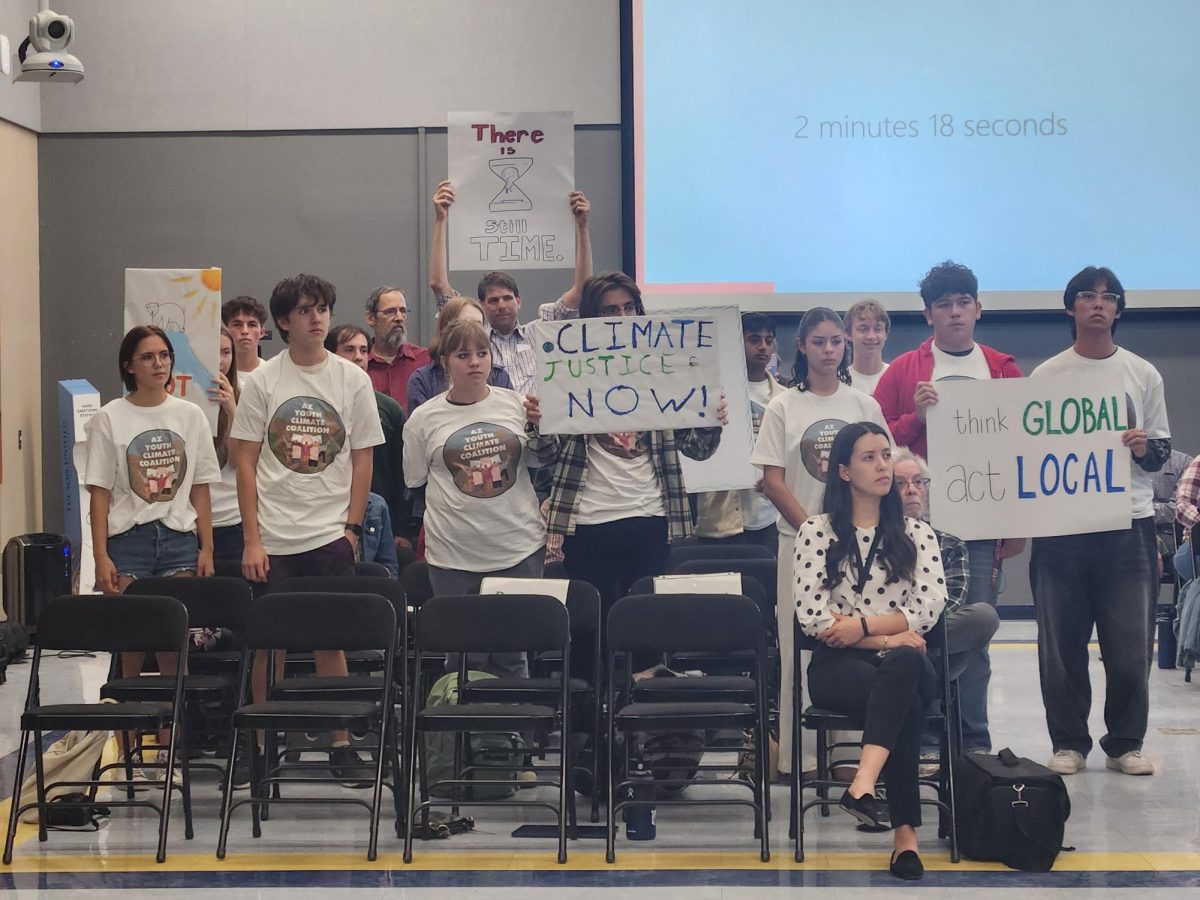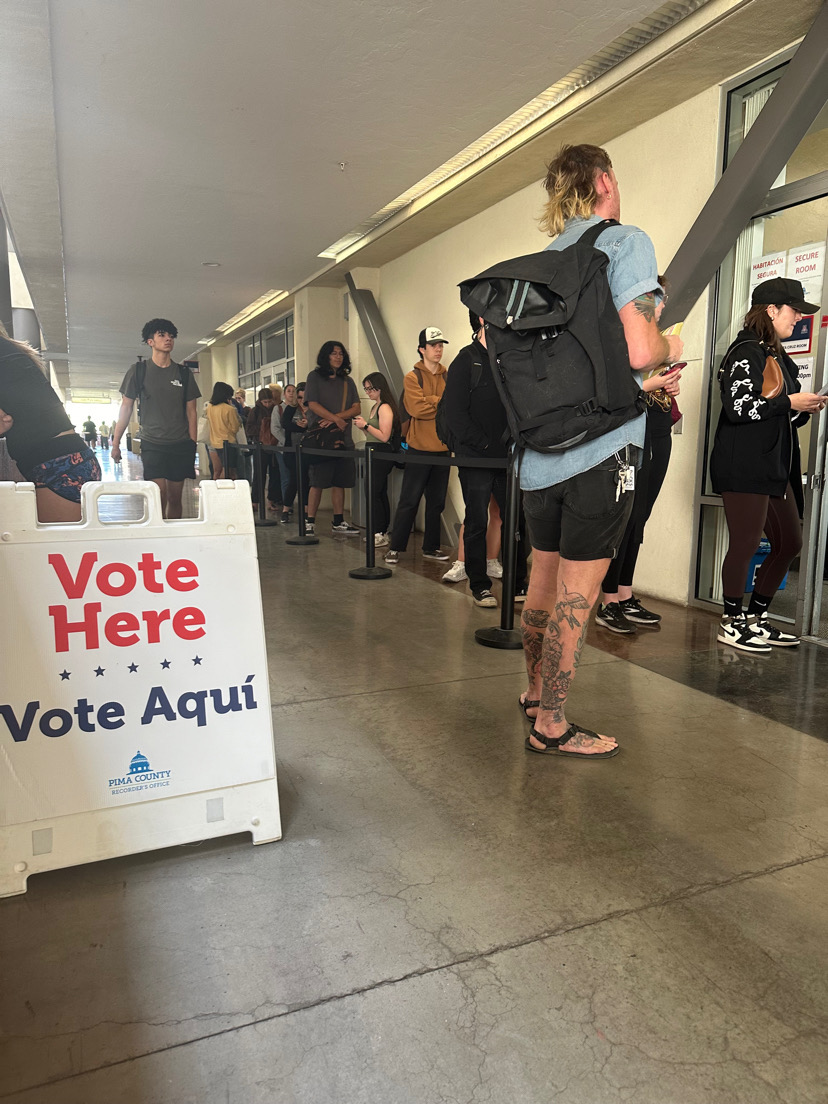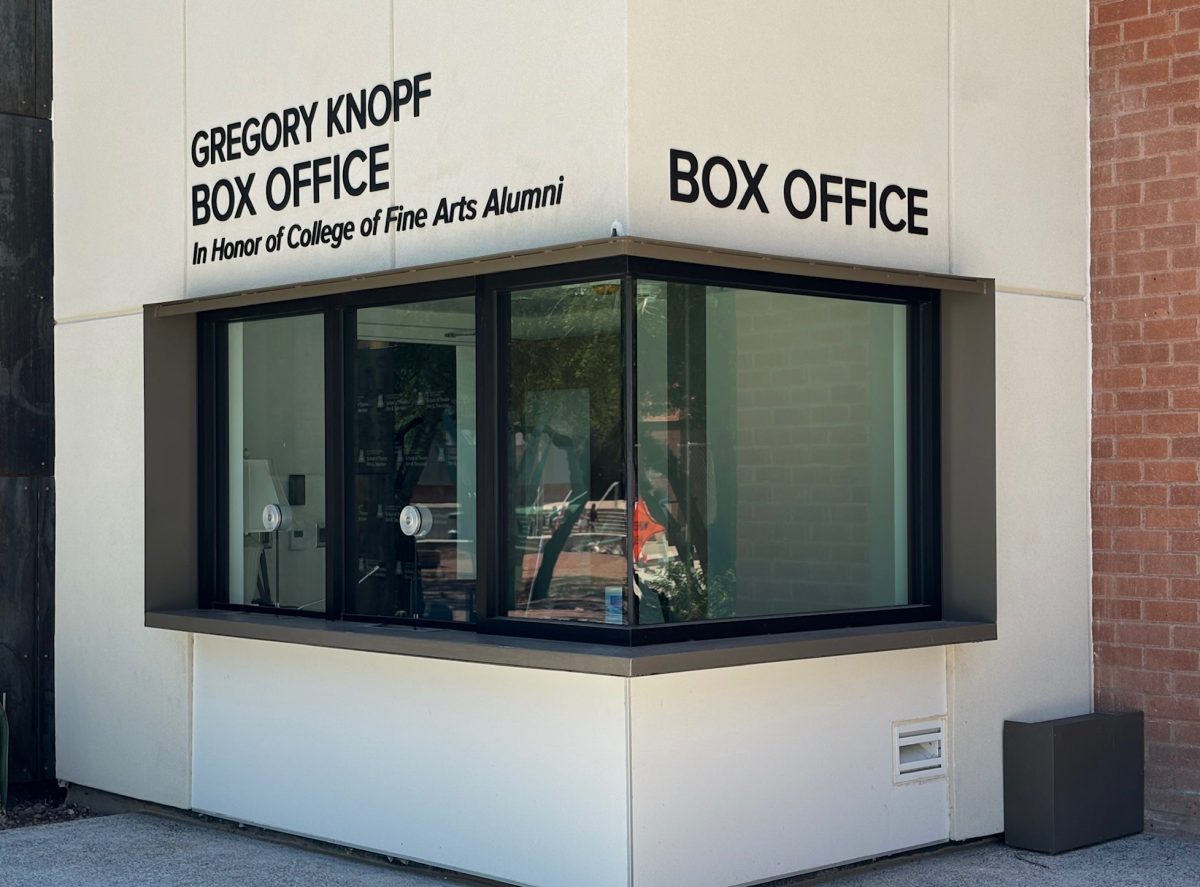 Could 50,000 Arizona schoolchildren be going without lunch?
Could 50,000 Arizona schoolchildren be going without lunch?
That’s the fear some people are expressing if the legislature passes and the governor signs a bill under consideration.
SB 1061, sponsored by Sen. Rich Crandall, R-Mesa, waives a mandate that kindergarten through eighth grade public school districts participate in the National School Lunch Program, a federal program that provides free and reduced-price lunches to children through cash subsidies.
While many Republican legislators laud the bill, saying it promotes “local control,” the bill baffles nutritionists and educators who say it attacks a federal program that provided Arizona more than $340 million in cash for lunches last year.
The program, called the “Healthy Hunger Kids Act,” was unveiled in detail Wednesday by First Lady Michelle Obama, detailing the increases of fruit, whole grain, and cut in sodium and trans fat—a $3.2 billion program to be implemented over the next five years.
School officials like Nutrition Director Karen Johnson of Yuma Elementary School District, is baffled as to why this bill is even necessary, calling the National School Lunch Program “a federal program that works.”
“He’s trying to plug a leak in a dam that’s not leaking. There’s no leak here,” Johnson said. Johnson fears this bill could leave some kids, even a small number, with no way to pay for or receive a lunch.
“To me, if one school drops off the program, and if there’s one child that’s going to go hungry that day, we’ve done an injustice to that student,” Johnson said. “I know people don’t think that will happen, but it could happen. And to me, “could” is something that I have to pay attention to.”
Stacey Morley, director of policy development and government relations with the Arizona Department of Education, believes public outrage would likely keep food on the plates of Arizona’s poorest.
“What school board is going to vote not to feed kids? Imagine that headline.” Morley said.
She imagines the situation Crandall is envisioning is one where a school with a low percentage of children eligible for free and reduced children finds the program too expensive. But even then, they’d have to provide the meals themselves, she said.
 But there’s no guarantee in the bill that this happens.
But there’s no guarantee in the bill that this happens.
Crandall refused to provide language in the bill guaranteeing children receive a free or reduced lunch absent the federal program, something Jennifer Loredo, a spokeswoman for the Arizona Education Association, requested.
“I won’t replace one mandate with another,” Crandall said.
Crandall doesn’t believe his bill will leave kids hungry, and he doubts anyone will go off the program.
“No one will be going off of the National School Lunch Program unless the new federal rules cause them to lose their shirt financially and they opt for a different way to feed children,” Crandall said.
But nothing in the bill says they have to “opt for a different way.”
Crandall said he wants to provide these schools with the same level of “local control” that charter and high schools enjoy in the state. He is against new federal regulations that require more fruit be served because students who pay full price will now have to pay more.
However, many educators and operators of school lunch programs are baffled as to the relevance of the bill.
In 2010, Arizona received $343 million in cash subsidies for the National School Lunch Program, cash that was used to feed, on average, more than half a million children in the state every day, according to statistics provided by the Arizona Department of Education.
Crandall thinks that new regulations within the congressional “Healthy, Hunger-Free Kids Act” passed in 2010 could become a financial burden for schools.
However, these new regulations will take time to be implemented and likely won’t cause drastic change, Johnson said.
One of the main provisions of the “Healthy, Hunger-Free Kids Act” Crandall said he took issue with was the requirement lunchrooms raise their prices to match the subsidy for a free lunch child. That means over time, a lunchroom would have to raise its full-price lunch rates to around $2.77 or $2.79 over time, depending on the income level of their schools. Right now, many schools in Arizona charge lunch prices as low as $1.
“So those who get hurt the most is that middle income,” Crandall said. “People who don’t qualify for free lunch but are just above it.”
But that increase in price only has to happen by 10 cents a year, the federal law states.
Johnson, whose district right now charges only $1 for a full-price lunch, isn’t worried about the requirements since the increase would be so gradual, she said.
Johnson just doesn’t understand why Crandall thinks the bill is necessary, she said.
“It’s a mystery to me,” she said. “It’s really a program that should be it’s accessible for all children.”
Crandall contends the bill involves a “one word change (shall to may)” to participate in the NSLP “allows district K-8 grades to have the exact same flexibility that Arizona high schools and charter schools enjoy.”
However, statistics show that more students in Arizona qualify for free or reduced lunch than those who can pay full-price—leaving them statistically more at risk.
According to March 2011 data from the Arizona Department of Education, more than half the kids in Arizona qualify for free lunch. Seven percent of students qualify to pay less than full price.
{source}
<iframe name=’powered-by-chartle.net’ src=’http://genflux.chartle.net/embed?index=51073&content’ width=’510′ height=’320′ marginwidth=’0′ marginheight=’0′ frameborder=’0′ scrolling=’auto’ >Report problems to [email protected]</iframe>
{/source}
Click chart for more info.
Nutrition Director Johnson doesn’t buy Crandall’s argument that the bill is a one-word change, though.
“I just have a hard time changing the word from “shall” to “may” in the program,” Johnson said. She’s worked in education for 35 years—in the nutrition department for 24. “Those aren’t baby words, they’re huge words.”
Even in a district like Tucson’s Catalina Foothills, Morely said, with 8.8 percent on free and reduced, it’s highly unlikely those children would go without lunch. That would leave the school no other option but to feed them out of pocket.
Others are skeptical that schools would make free lunches on their own dime if they opted out of the program.
“Really?” Johnson asked. “Is somebody just going to sit back and make sandwiches for 10 percent of your students?”
Mejdrich is a senior at the University of Arizona and is the Bolles Fellow this semester covering the Legislature. The fellowship was named to honor former Arizona Republic investigative reporter Don Bolles who was assassinated in the line of duty.
